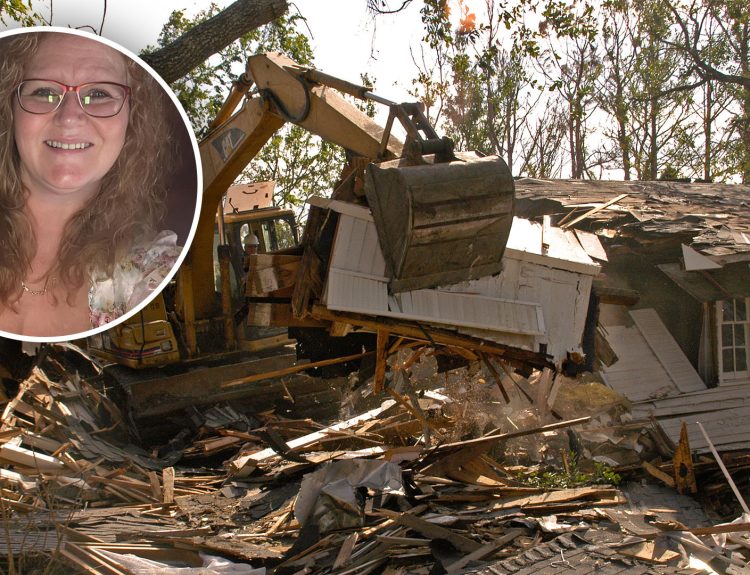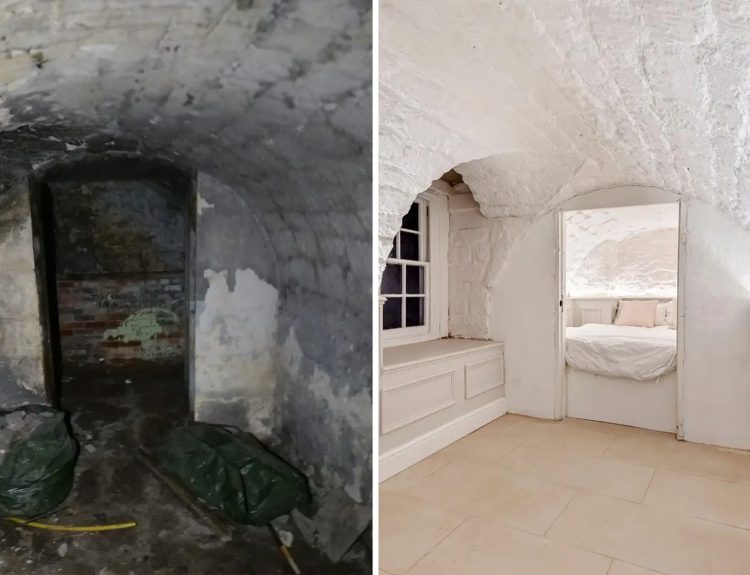Have you ever seen pictures of Victorian homes? Then you’d agree that they had some of the most beautiful essential features. These features were fascinating and common in most of those old and grand homes. While they sometimes give this beautiful look, they can be pretty creepy at times.
The fun fact is that those essential and fantastic features have now become obsolete thanks to various technological innovations. But they’re still an embodiment of how technology came into existence. Let’s take a look at some of the most essential features that went from being important to being outdated and forgotten.
Dumbwaiters
The first essential feature on our list is the dumbwaiter, they are very similar to mini elevators. They are mostly found in large and extravagant houses during the Gilded Era, especially in elite urban households. Its main purpose was to get rid of the need to carry a full tray of food and beverages up and down the stairs.

Another reason for its existence was to avoid any spills that may be caused by potential collusion during deliveries. Despite their presence and novelty during these periods, dumbwaiters have now become less popular. Although its decline is caused by a lot of reasons, advancements in technology is top of the list.
Butler Bell Boards
Sometimes referred to as a service bell or a servant bell, it is used to call the attention of an in-house servant. Butler bellboards were rolls of bells hanging on wall hooks in various large homes. And for easy use, they were often labeled with corresponding room names.
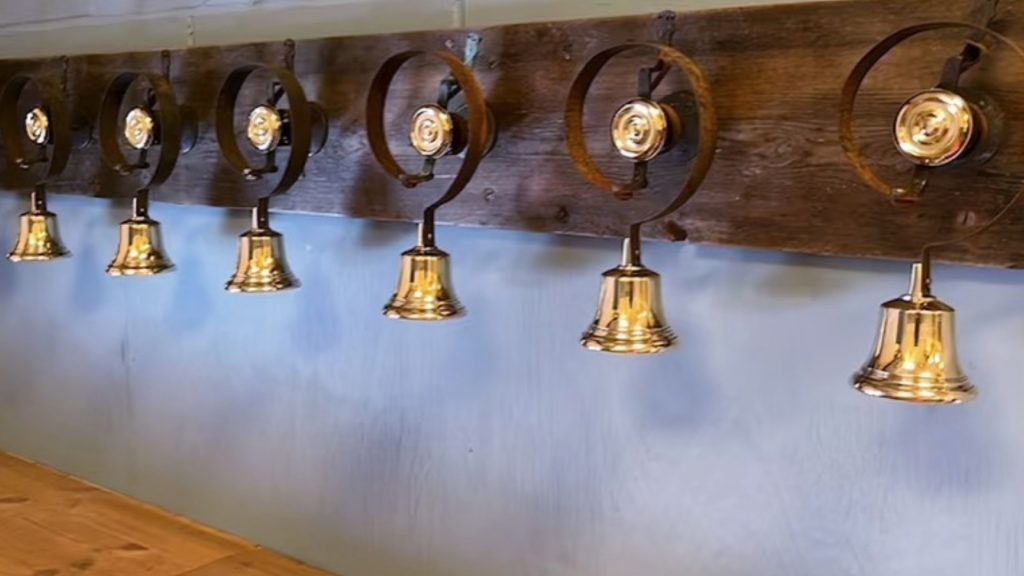
These bells were connected to a pulley system within the walls, and to add a little bit of extra detail, each member had a unique tone allocated to their respective bell. They are mostly located in the pantry but have now gone into extinction. In today’s world, they are now referred to as working pantries.
Boot Scrapers
These iron devices are sometimes called boot scrapers, door scrapers, mud scrapers, or decrottoir. They are mostly installed in the steps of the front or back porches where they are typically placed before the entrance door or the exterior facade near the doorway. And they were of great importance during the historical era.
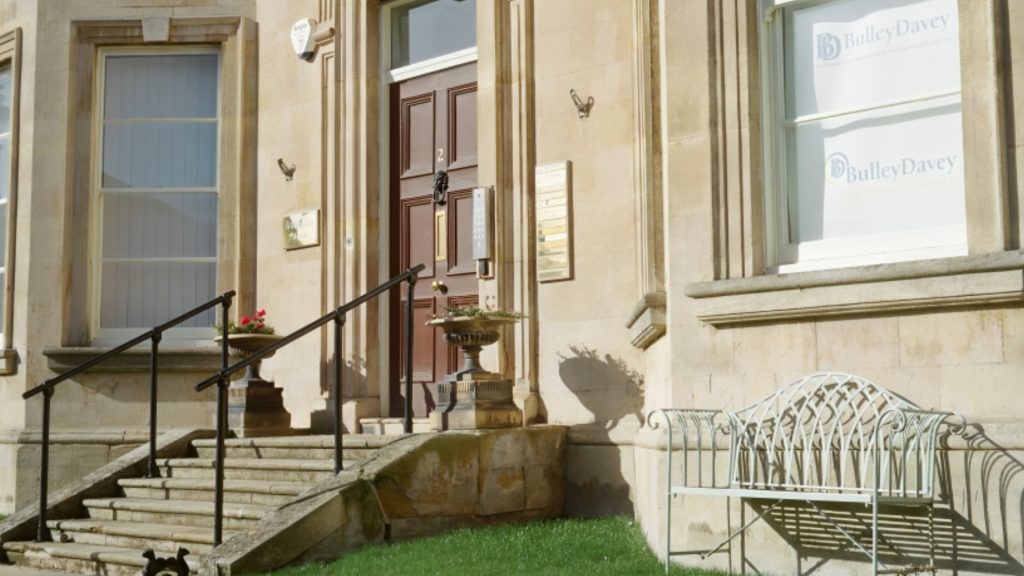
Its main purpose was to provide individuals with a convenient means to clean the dirt, mud, or debris from the bottom of their footwear before entering the house. They typically help to clean shoes instead of taking all that dirt in. Unfortunately, boot scrapers have been replaced by door mats in the more developed world.
Carriage Houses
During the glide times, they had different names for their carriage houses, some called it a coach house while others called it a cart shed or carriage house. During those days, carriage houses were constructed by wealthy families to serve as storage spaces for their expensive four-wheel carriages.
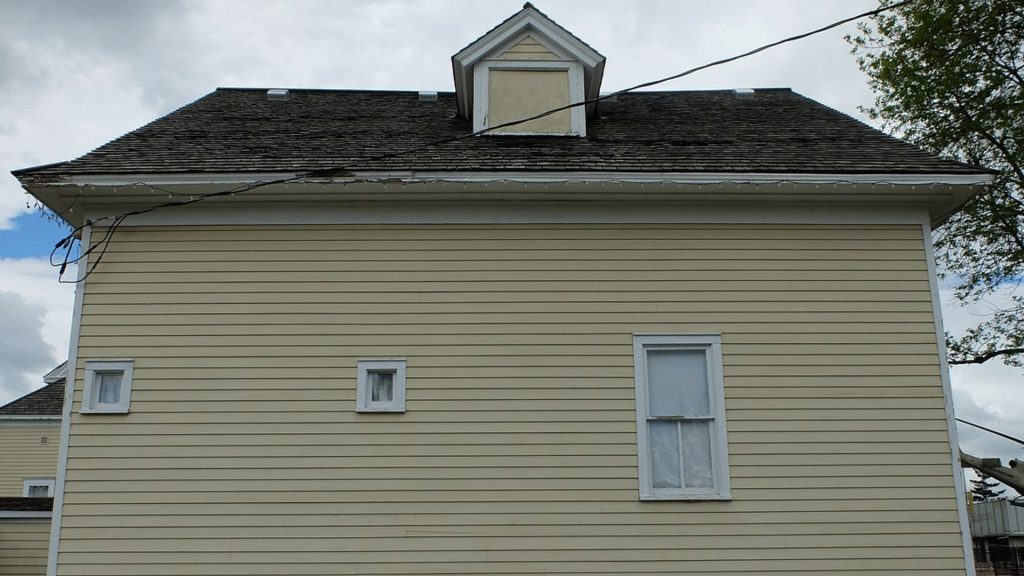
Although we can refer to them as the modern-day garage, they were more elaborate than any modern garage. They had expensive arched doorways that covered the whole building. These houses were big enough to accommodate at least two or more carriages. Nowadays, most of these carriage houses have become two to three living quarters.
Laundry Chutes
Laundry chutes were pretty popular during the Victorian era, you could easily find them in every large and elaborate Victorian household. And they were known to be a symbol of good hygiene and morality. They are usually found in homes that have basements, where clothes and linens can be dropped to land directly in a laundry area.
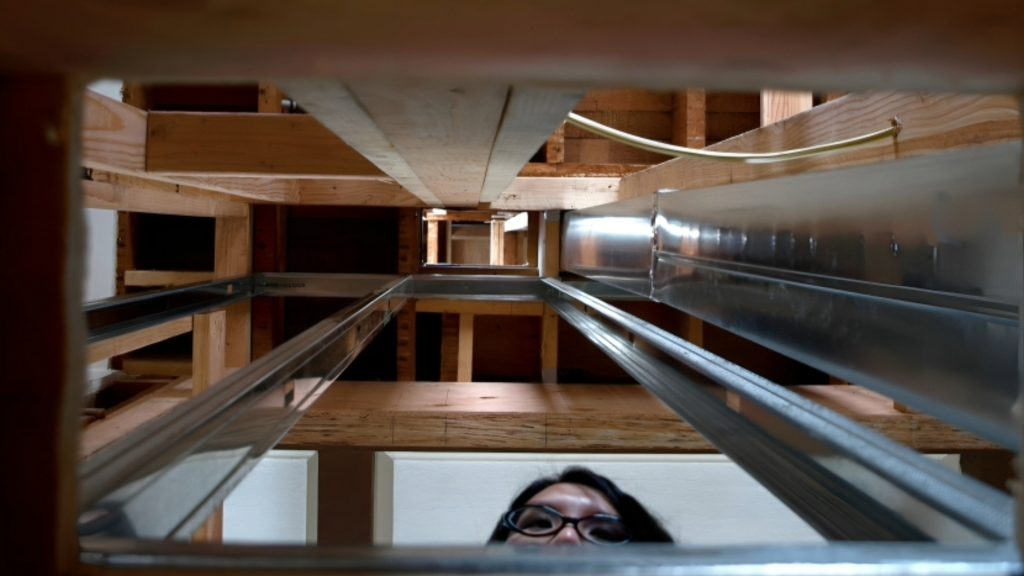
This was a way to save themselves from making a trip down to the laundry room and also save them from tripping while making their trip down to the laundry room. It also helped to get rid of every unpleasant smell from dirty laundry. Chutes are always either round, rectangular, or square at the top and the bottom.
Telephone Nooks
People who lived during the Victorian era always had a little niche on the wall and it was mostly in the hallway. During this period, landline telephone services were the primary means of communication and the rich people had a designated area just for these telephones.
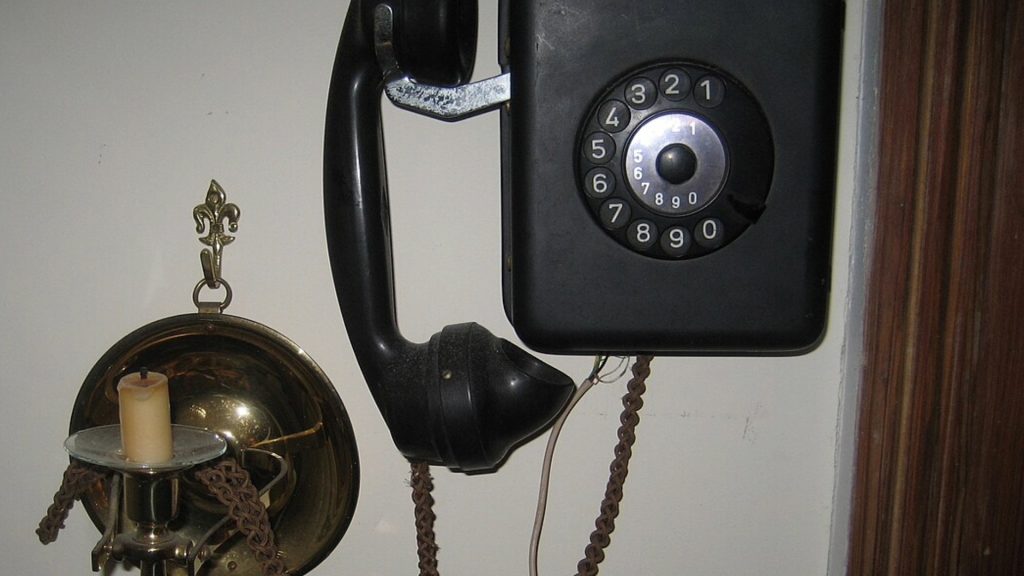
These built-in landline telephone nooks were designed to include a small shelf or desk somewhere close by that would serve as the spot to place the phone and take messages. This was an essential feature in most extravagant homes during this period but they’ve become obsolete and better advanced technology has taken over.
Root Cellars And Ice Doors
Root cellars and Ice doors were one of the numerous things that were considered luxurious in the mid-1800s. Its main function was to serve as a natural source of refrigeration. Of Course, a lot of them needed a way to store their perishable food items.
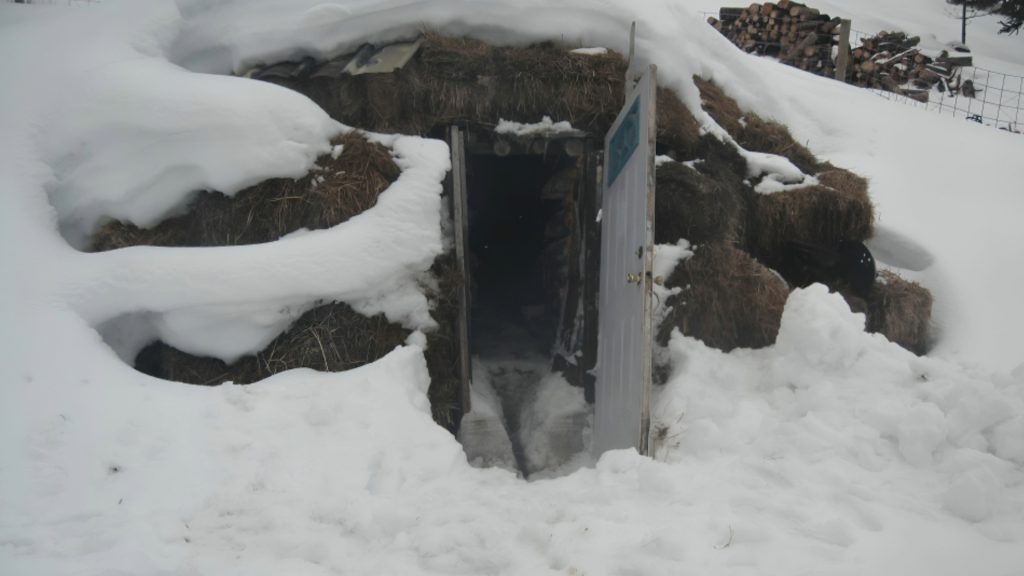
Ice doors were created to help facilitate ice deliveries. During this period people were into delivering ice as a business, and it allowed every household to have a form of refrigeration before the different types of modern refrigerators came into the limelight.
Peepholes
Peepholes have been present for quite a while before they eventually got recognized sometime in the 20th century. It is a simple and effective means for individuals inside to visually inspect and identify the identity of visitors outside. As technology evolved peepholes also went through a series of changes.
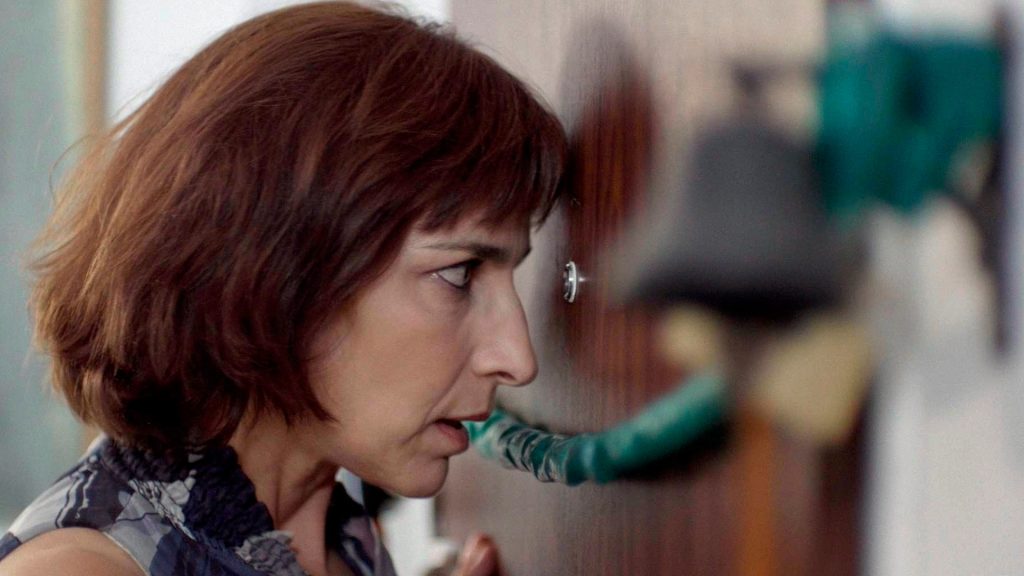
Traditional peepholes were abandoned and we switched to fisheye lenses on very effective doors and provide a wider field of view. Peepholes have grown into devices not just for identifying visitors but are now used for advanced security purposes.
Transom And Tuberculosis Windows
Transom windows were located on the front doors and were specifically designed to allow air in from outside, another function was to allow natural light to flow into the hallways. Although they are now primarily used for decorative purposes in modern homes.
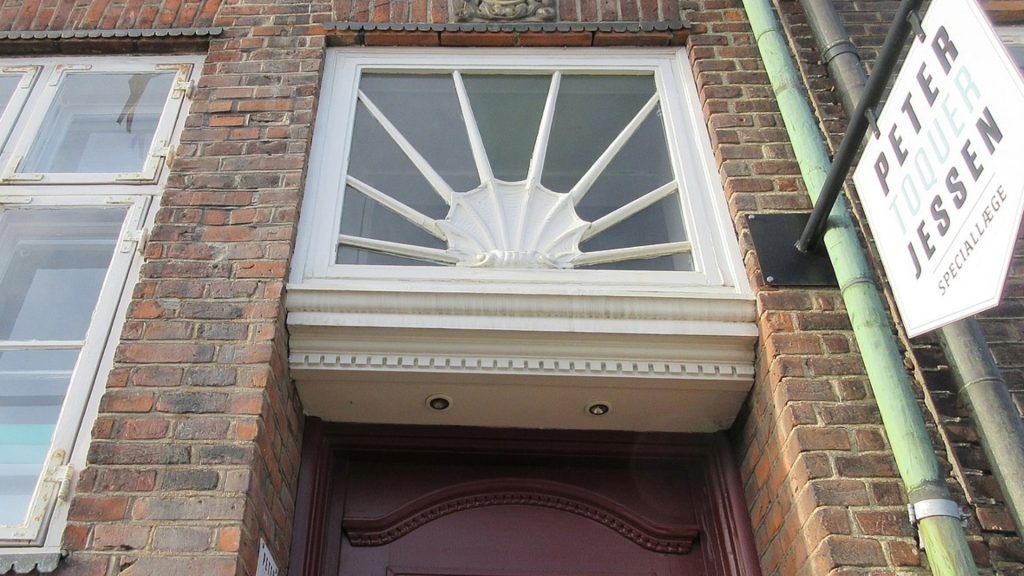
The tuberculosis windows on the other hand were a must-have in the 19th century. They were made compulsory by the city law, they needed to make sure that these windows would allow tenements to have cross ventilation. This was to reduce the spread of diseases like tuberculosis.
Coal Doors
Everyone witnessed the importance of coal during the Industrial Revolution because it became the primary source of illumination and heating. So everyone needed coal in their houses but only the rich could afford to have it delivered.

When making coal deliveries, the delivery person would make rounds in his wagon leaving their coals at their doorsteps, and for those who had coal doors, he only needed to slip it through this small iron passageway into the cellar or closet beyond.
Push Button Light Switches
Well, we’d love to break it to you that almost all of our switches are replicas of push button switches that were used in the United States from the late 19th century to the 1950s. And if you look at them, they look just as pretty and sophisticated as we have them today.
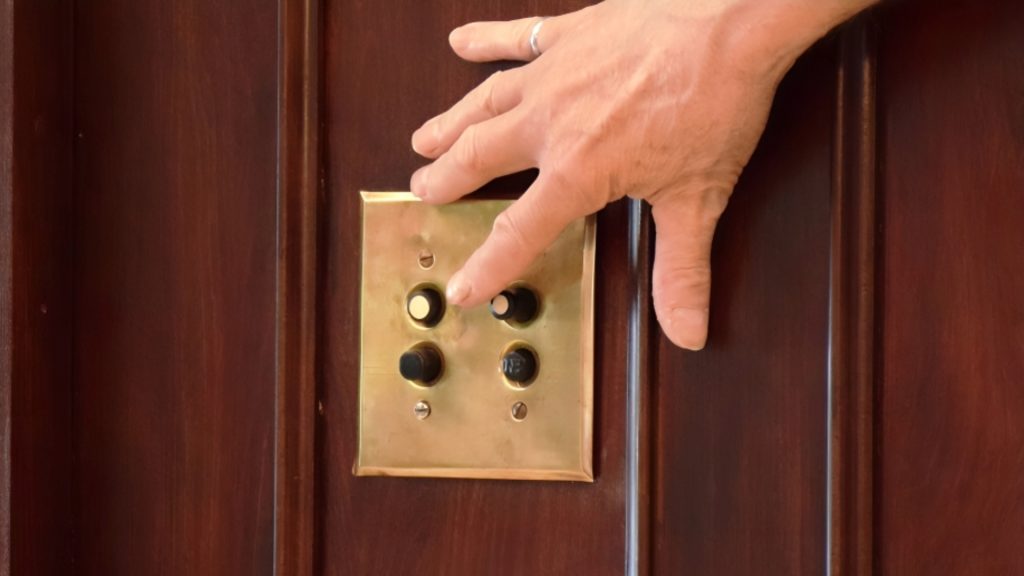
Some of these old features are still popular, even though they became popular in the mid-18th century. The only issue people have with the olden-days push button is that they can get stuck easily which is kind of inconvenient.
The Grand Staircase
Most luxurious homes of the Victorian era always featured very grand and elaborate stairs; these stairs were mostly located near the entryway to create a long-lasting impression. You’d find these types of stairs in homes that frequently hosted gatherings, it always added a dramatic effect to their presentation.
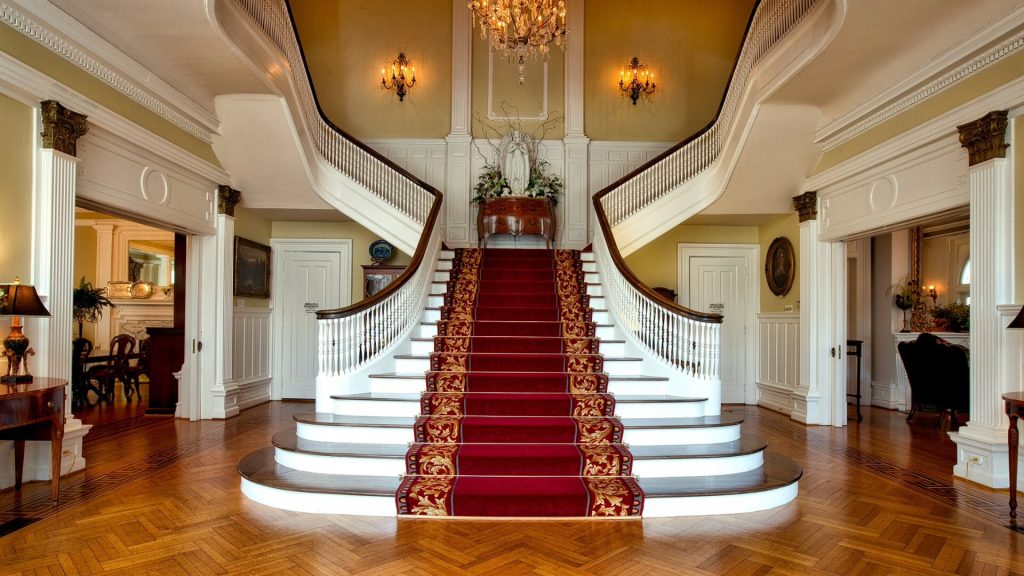
These stairs were very effective for their women, it was designed to accommodate the fashionable and extravagant hoop skirts worn by their women. They were wide enough to allow them to walk gracefully without fear of being stuck.
The Staff Stairwell
Most affluent homes have two staircases, the first is the grand staircase we just mentioned and the second one is the staff staircase. The staff stairwells are also sometimes referred to as servants’ staircases, they exist just to provide discreet access for household staff to navigate between the kitchen and other areas of the residence without causing attention.
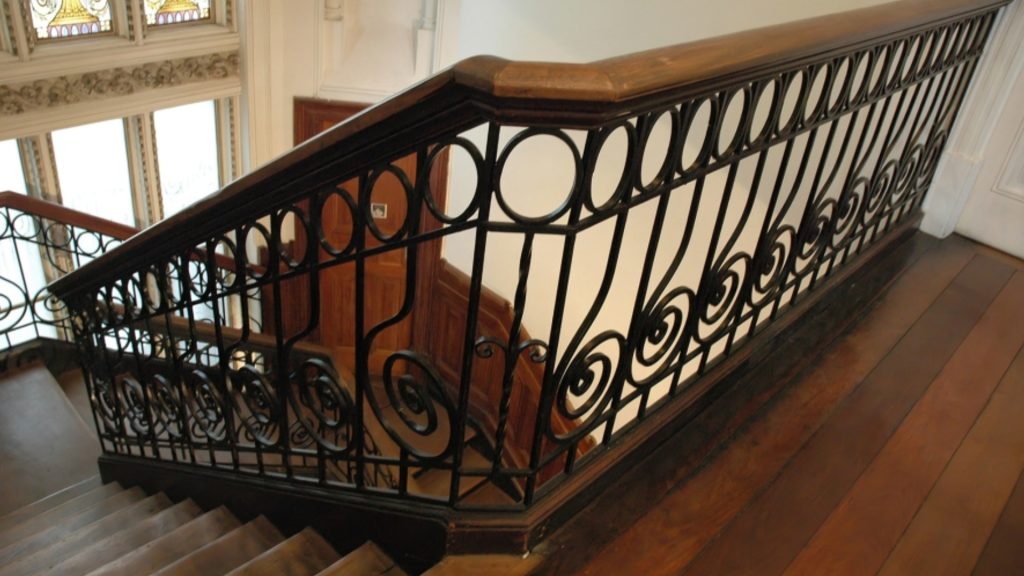
These staircases were designed to be more steep and compact compared to the grand stairs. Because of how compact they are, they fit perfectly in limited and concealed enclosures. Not only did it separate the staff from residents, but it also facilitated efficiency for the staff.
The End Of An Era
Most people are oblivious to this, but there’s a pattern to our way of life, and everything that has a beginning will have an end. Most of the things regarded as luxurious and beautiful during the 18th century no longer have a strong hold on the people of the modern age.
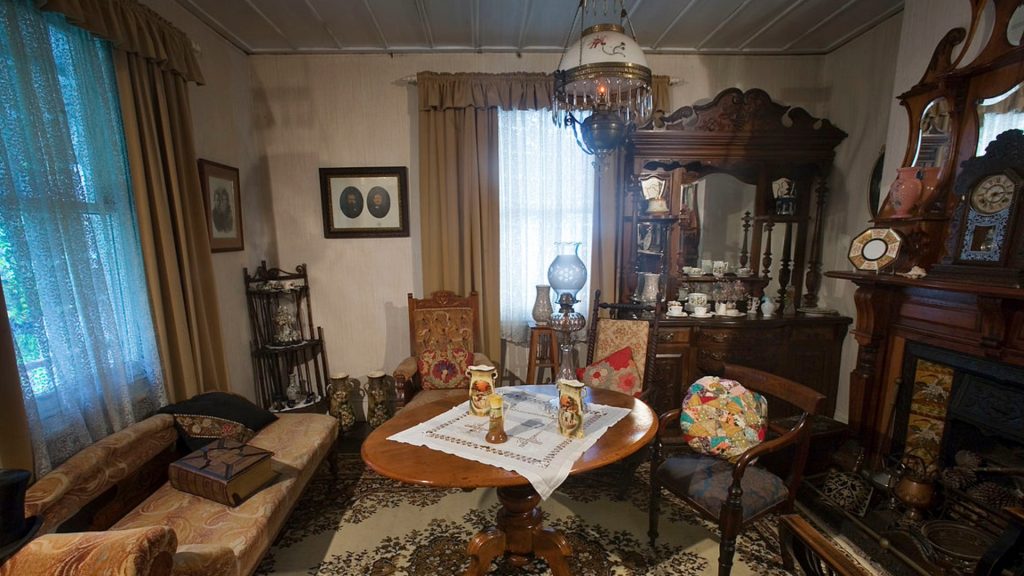
Although some of these things might evoke a nostalgic feeling, others might even creep us out. No one would have imagined that the very essential features that distinguished the rich from the poor during those days would become long forgotten and outdated. It remains nothing but history to those who never witnessed it.





